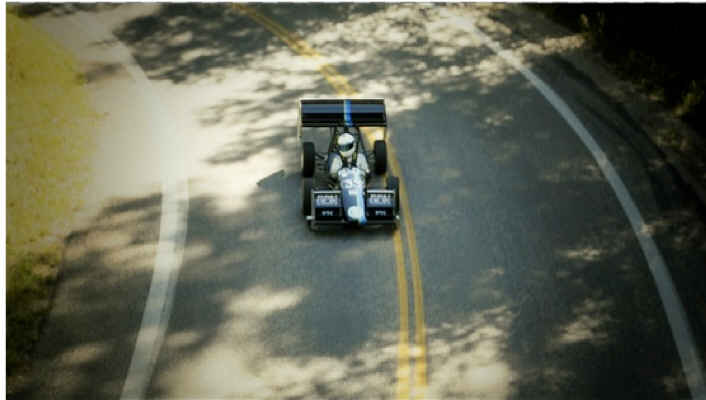2013-2014 SDSM&T Academic Catalog [ARCHIVED CATALOG]
Mechanical Engineering Department
|
|
 Return to: Undergraduate Studies Return to: Undergraduate Studies

Contact Information
Dr. Michael Langerman
Department of Mechanical Engineering
Civil Mechanical 133
(605) 394-2408
E-mail: Michael.Langerman@sdsmt.edu
Faculty
Professors Abata, Dolan, Kalanovic, Kjerengtroen, Korde, Muci-Kuchler and Langerman; Associate Professor Bedillion; Assistant Professors Ellingsen, Kingsbury, Shahbazi, Simmons and Widener; Professors Emeritus Buck, Chiang, Gnirk, Krause, Pendleton, and Snyder; Instructor Ash.
Mechanical Engineering Laboratories
There are several undergraduate laboratories in the department, including mechanical systems and instrumentation, thermal and fluid systems, manufacturing, robotic systems, and vibrations. Laboratories are updated with personal computers, peripherals, and data acquisition equipment. Graduate research laboratories and resources include advanced workstation computer facilities, equipment for modern digital controls, machine vision systems, image analysis equipment, structural testing and analysis equipment, compliant structures and computational solid mechanics, fluid mechanics, and heat transfer codes on the workstation facilities.
Supersonic Wind Tunnel
The Advanced Fluid Mechanics Laboratory at the South Dakota School of Mines and Technology has designed and constructed a supersonic wind tunnel of the in-draft type, with an extremely low level of free stream turbulence (Tu < 0.01 percent). The test section area is 16 in2 (4 inch x 4 inch) with full view Schlieren quality glass windows and removable access plugs for ease of model and sensor installation. Novel implementation of a solid desiccant drying system permits a measured test section Mach number of 2.8, with no evidence of condensation, for the current nozzle geometry. A two-stage vacuum system allows for pump down times less than 30 minutes between runs, with an ultimate low pressure capability of several tenths of a psi absolute, which should allow start-up at Mach numbers up to 5 with an appropriately designed nozzle geometry. For pedagogical purposes, the current Mach 2.8 nozzle was also designed to permit schlieren viewing of the flow acceleration from stagnation conditions to the test section supersonic condition along with static pressure measurements at various locations along the length of the nozzle, for comparison with classroom theory. Because of the low free-stream noise level attendant to the indraft design, the facility is ideally suited for basic research studies of supersonic flow stability and transition mechanisms.
 Return to: Undergraduate Studies Return to: Undergraduate Studies
|